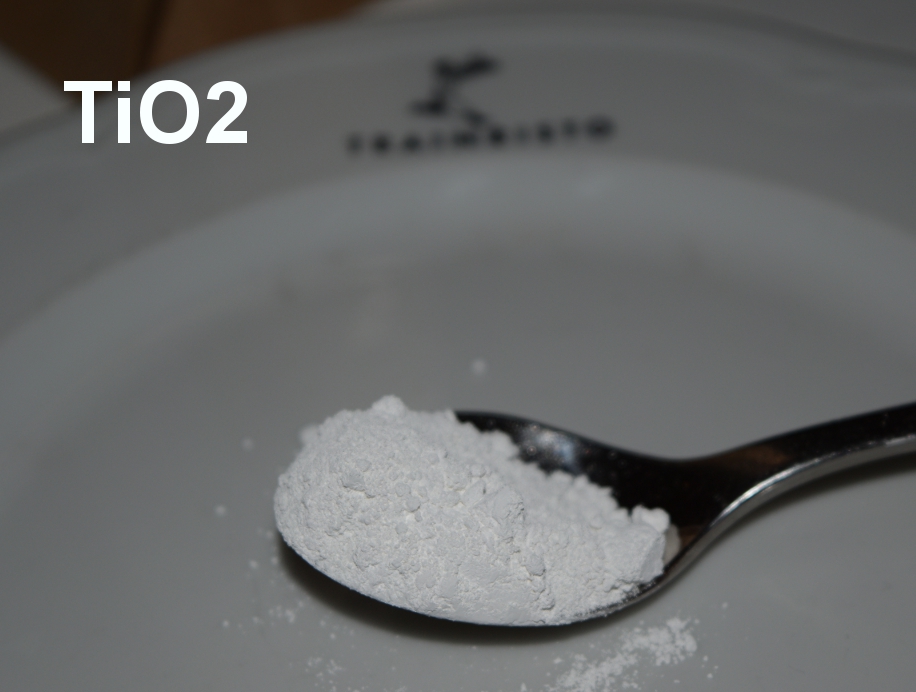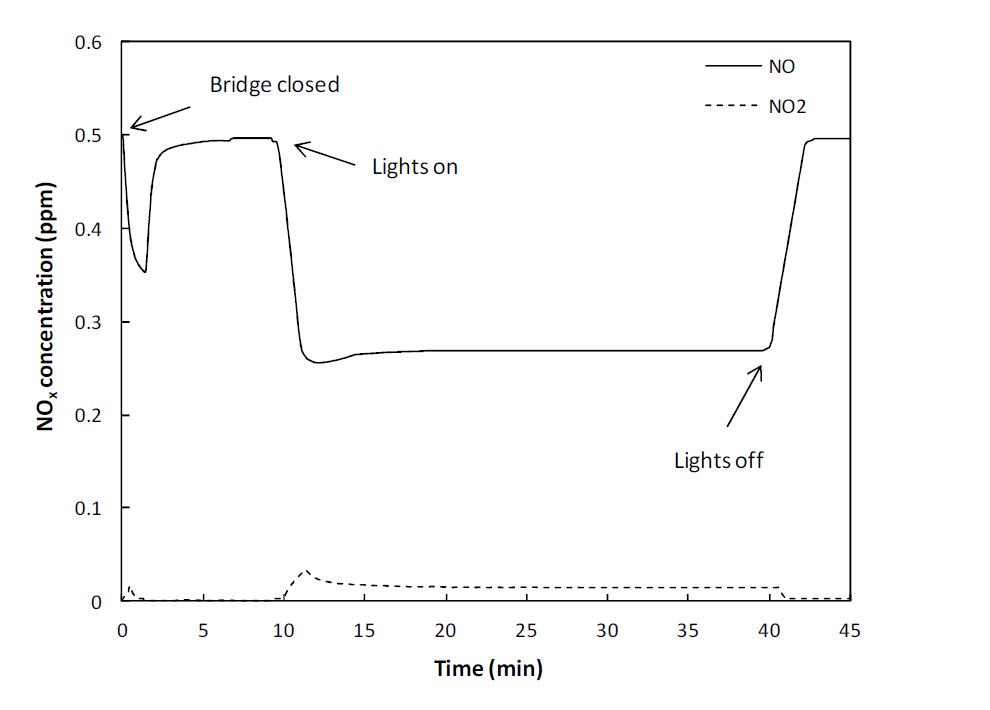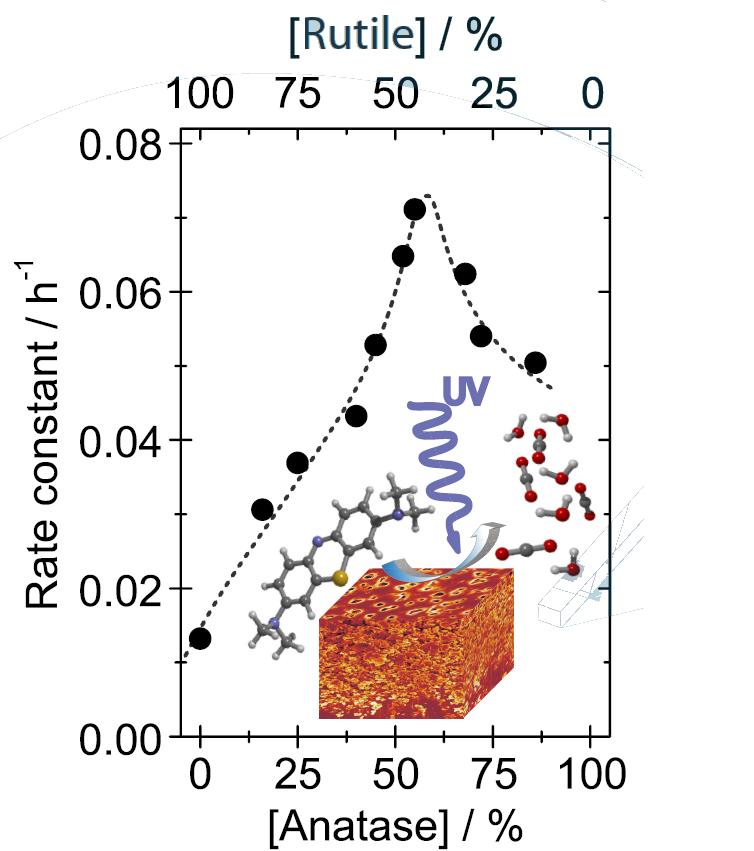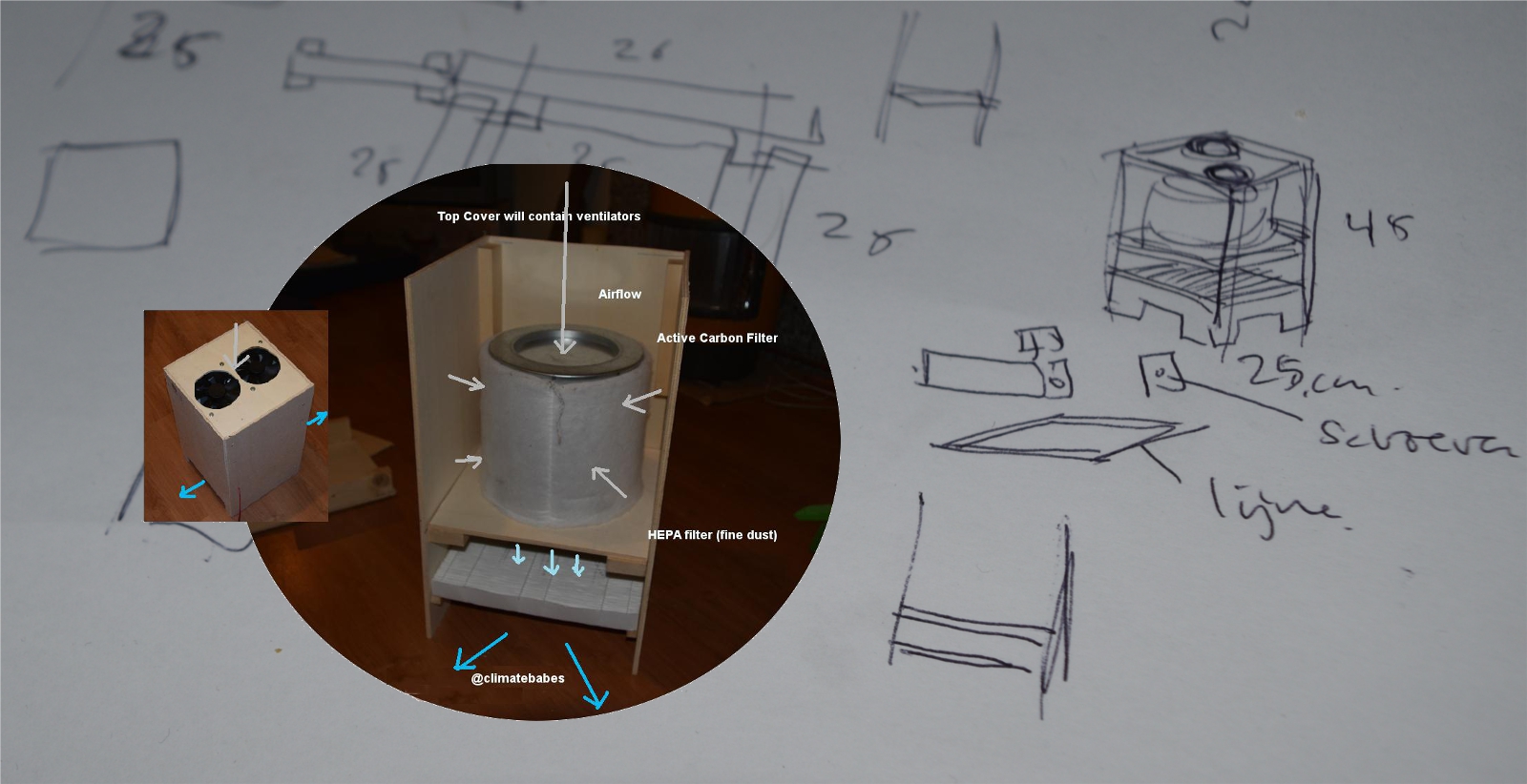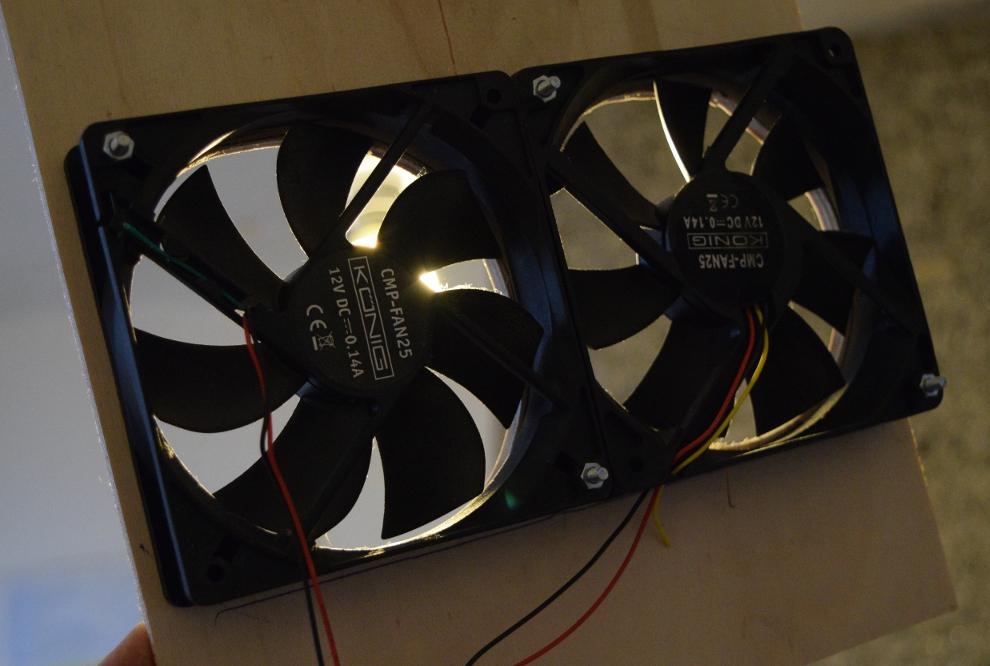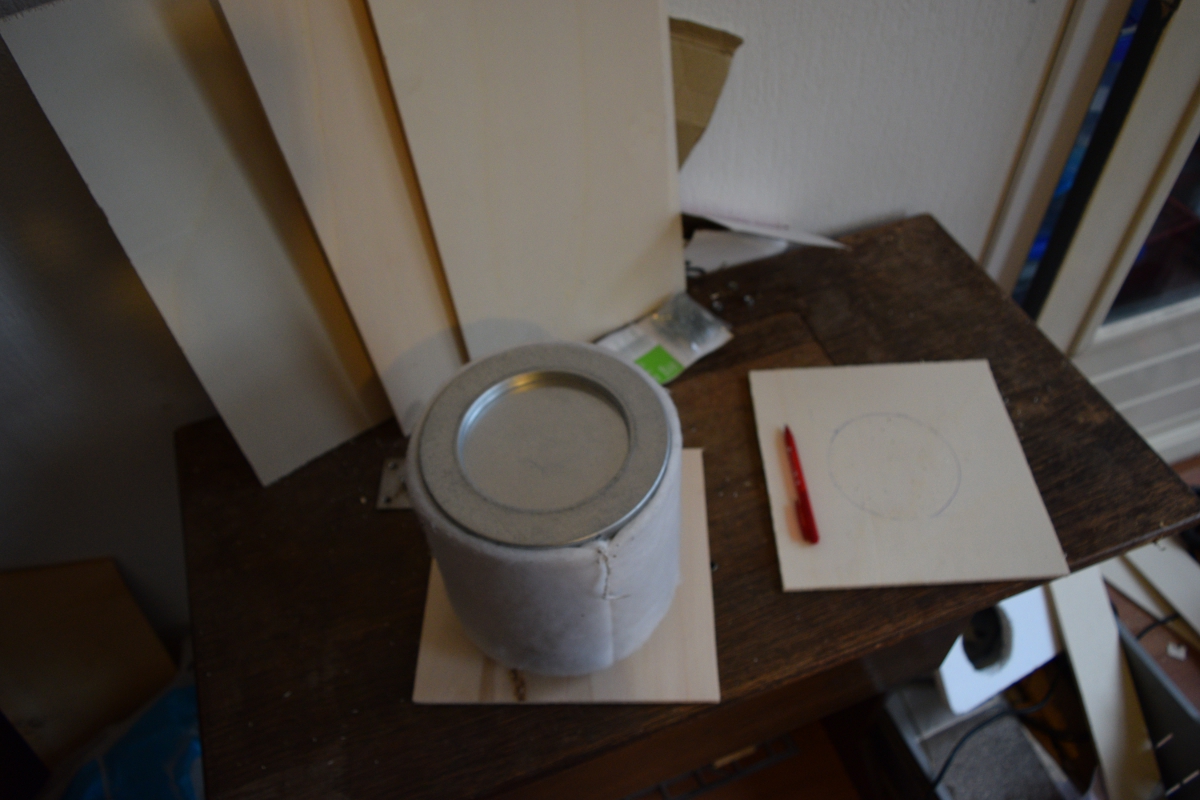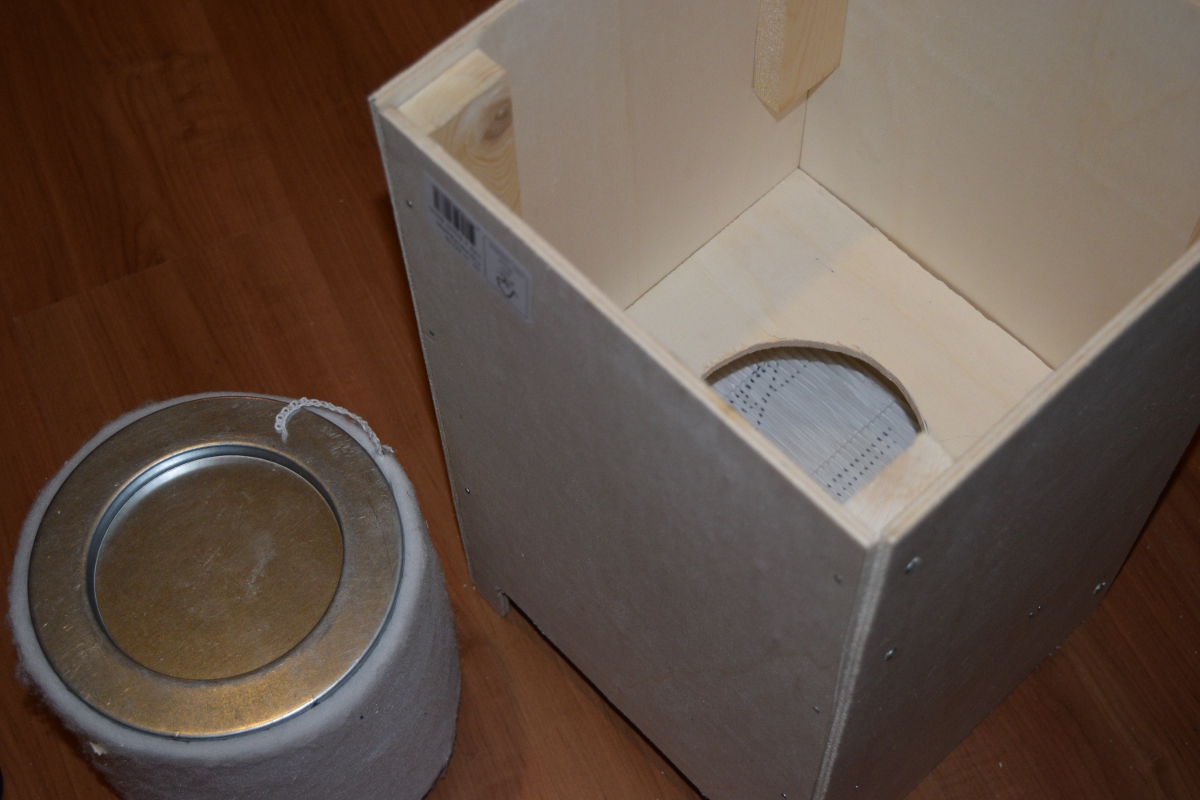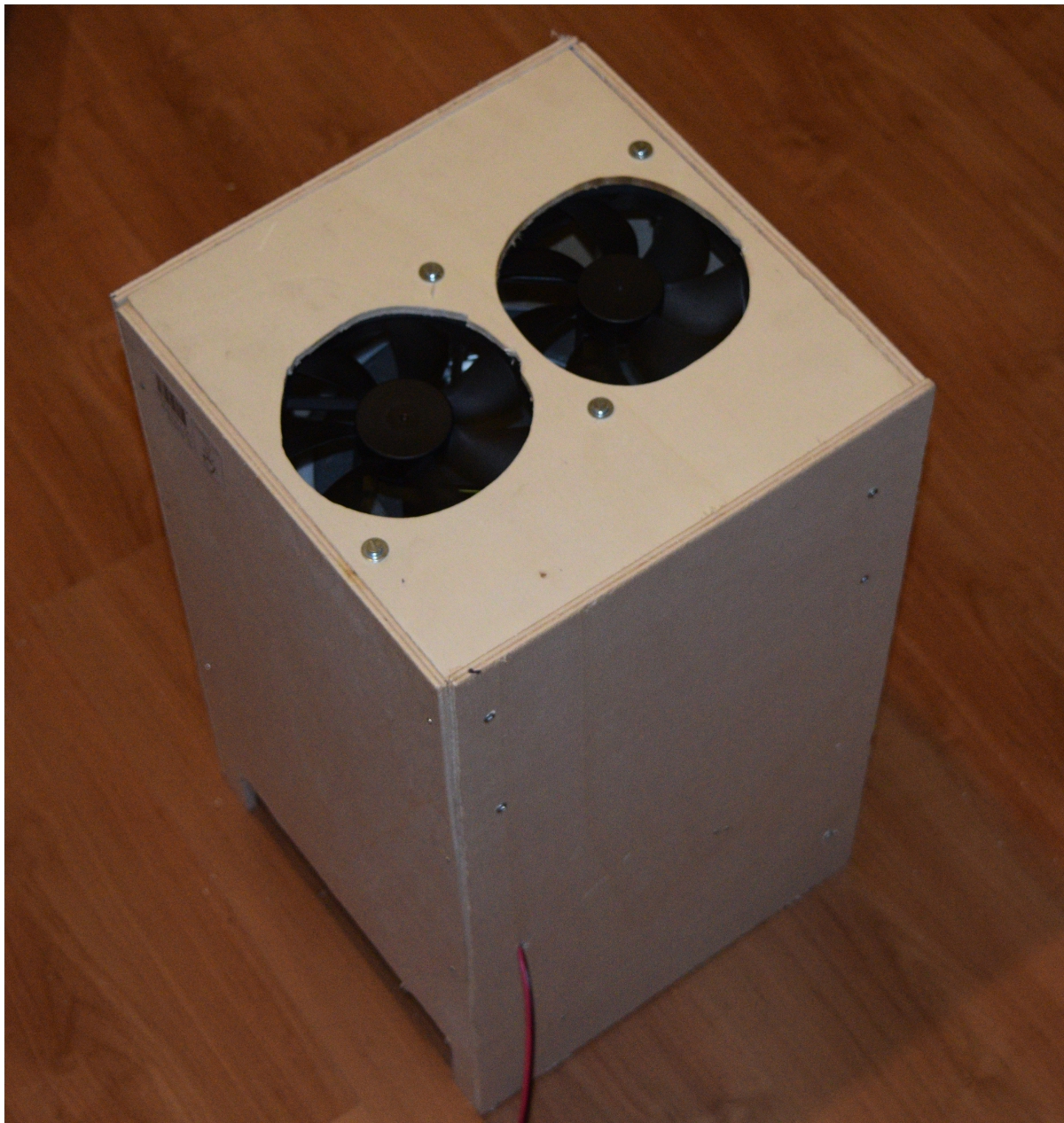For some years now I have been writing about the roboeconomy, which is an economy where robots run on renewable energy, creating goods and services for free. The challenge for many in the present economy is to see how things could be free, and my conclusion is that it requires a real departure from economics as we know it, both to see that it is true and to make it possible to be true. To arrive at the insight will be a difficult journey for many married to economic theory, and this delays the arrival of a better society, a cleaner, healthier world, so I write about it.
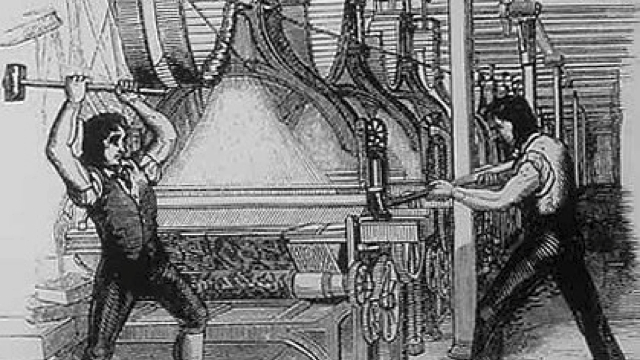 Ludites destroying a weaving machine
Ludites destroying a weaving machineOur minister of social affairs, Lodewijk Assher has now taken a historic step to start the discussion that can carry us to the roboeconomic reality. I think he will be in the history books for this. At a conference on
September 29th he stated that “Robots are getting cheaper and more accesible, they can work 24 hours a day, don’t get sick and don’t have a union or go on strike”. He envisioned taxi drivers being replaced by self driving cars, cleaning bots and robots taking over other low payed jobs. Of course he is projecting the change ahead of us, but we can easily see that “Robots taking jobs” has been going on for almost a hundred years now, to some degree. It’s called industrialization.
47% of US jobs run the risk of being automated
Lodewijk thinks we should adapt education, to prepare young people not for the simple jobs but the more unexpected challenges. Also he would like to adapt the tax system to make sure the people losing those menial jobs can be given other opportunities. The most important motivation Lodewijk gives for creating these opportunities is that “People should remain able to benefit from our increasing wealth”. That shows he stepped to the right side of the roboeconomic dillemma. He can get his humanity award.
The dillemma we posed a while back on this site is a simple question :
Suppose we have a machine that makes everything anyone needs or wants, and it runs autonomously on renewable energy, churning out goods and services, perhaps even delivering it to people around the world automatically. Then:
Option 1. Is everyone out of a job, and can nobody afford any of these goods and services, will we all starve to death and disapear? or
Option 2. Will everything be free and will al be sharing in the wealth the machine creates.
I think that until now the first option has been dominant, being strongly reinforced by economic thinking with its competitive core believes. The Ayn Rands and other capitalists of the world show us time and time again, you can make it (and the rest can rot) if you just work very damn hard. Wall Street “Greed is good!” mantra is no caricature, It is supposed to be a source of strong individual pride for someone to make it and earn good money in our world today. How can a minister suggest we share wealth with people that are no longer necessary? That is socialist!
Breaking our economic bonds
As is tradition in matters concering personal productivity economists chime in on the matter. In the article about Asschers remarks it says “Economists don’t agree whether automatic manufacturing costs jobs, until now new jobs have always been created mainly in the service sector. Ever since the industrial revolution people have feared job losses, like the Ludites that destoyed weaving machines in England”. Lesson one : Don’t care about the opinions of economists. They always go on about efficiency and then doubt whether shedding jobs through automation costs jobs. The above position is perfect to paralyze the debate Asscher tries to open up, it is also obvously dishonest.
Today we see renewables threaten a lot of jobs in the fossil fuel industry, but only a handfull economists have suggested these jobs will be replaced by (more) other jobs. Here, in the case of robots taking jobs, economists say we should not worry. Duh!
Some jobs are more equal than others
Other responses to Asschers ideas are predictably short sighted : Union leader “He promised to create 100.000 new jobs and now he’s talking about this!” Asscher himself propeses to change the tax system because there will be less income tax if there are less jobs. These thougths don’t show an appreciation for the opportunity that presents itself, and the reason is the classic economic basis of prevalent thinking. It’s all ‘option 1’ thinking, but Asschers remark about wealth is an ‘option 2’ thought, and this makes his remarks so significant.
Clarifying automation
The discussion above is not at all new. It started with the Ludites who where right to oppose the destruction of jobs, but also of individual productive existences. Jobs are often used as a single good thing, but they are multi dimensional. I don’t disagree with distributing the work needed to create our wealthy life into jobs or tasks for individuals to do, but we have to make a qualitative distinction instead of viewing all jobs to be equal (this impulse follows mainly from the fact that economics has made most jobs low skill and interchangeable).

First to make it possible to create a scale between automated and manual work we define a job as a group of tasks to be completed repeatedly. A doctor goes through the same protocol with each patient, a taxi driver does the same as does the baker and nailstylist, or for that matter an ATM. Jobs are a series of tasks to be completed, either by machines or humans. Many industrialists have viewed workers as unreliable machines, cognitive ergonomics and functional psychology where developed to learn more about man machine interaction and the limits of the human machine.
Automation and industrialization has been a process taking place over many centuries that have shifted tasks from man to machine. We could divide that process into a precybernetic, cybernetic and postcybernetic/intelligent (and a fourth) phase. Precybernetic is the phase in which we developed tools, like a hammer, saw, bicycle, weaving machine. All these tools and mechanisms are 100% controlled by the person using them. It requires skills to use them productively. They don’t have feedback mechanisms although a weaving machine does have guides that direct the movement of the parts. Cybernetic machines have internal parameters that guide the behaviour of the machine. They contain a feedback loop between the output and the inputs in such a way that they reduce the skills required from the operator, or they can operate automonously for long periods of time. Steam engines that keep their own pressure safe, electrical systems with internal safeguards, computer driven diagnostic systems or the simple refrigerator are cybernetic automated systems. There are very few postcybernetic, intelligent automated systems. I define intelligence as robust goal orientation. Cybernetic systems have goal orientation, but it is not robust in any way. Take the classical example of the steam pressure governor, the valve that reduces steam pressure if it is made to turn to fast by rising pressure, on only needs to tweak it a little and it stops functioning, and the boiler explodes. Intelligent post cybernetic systems would have the ability to secure the boiler in several redundant ways, like it would diagnose the functioning of the governor, signal an alert to a mechanic, be abled to fix a problem autonomously.
Dutch windmills where early cybernetic systems, directing themselves into the wind and regulating the speed of the grinding stones
Industrialization has been the process of first augmenting some humans with precybernetic tools, then replacing some human labour with cybernetic systems. Now we are slowly seeing intelligence being introduced although the goals the intelligent systems can achieve are very modest. However if an intelligent system is not able to do much more than flex a finger or grab an object, it is easier for that finger flexing or object grabbing to become intelligent. Robust goal orientation is definitely found in weapon systems, which can have physical redundant as wel as ‘algorithmicaly’ redundant control systems. A drone that keeps itself aloft, can use stars as well as gps and visible terrain to navigate, is pretty robust.

Nick Bostrom
To complete the classification we can add sentient to the list, so pre cybernetic, cybernetic, intelligent or post cybernetic and sentient. What differentiates intelligent from sentient mechanisms is that sentient mechanisms aquire their own goals. They do not serve humans in any way, they ‘serve’ what they are made of, just like humans serve what they are (flesh and blood, needing food, shelter, water etc.). Those eager to meet a sentient machine, you might be disappointed, it might not have any interest in you, just like f.i. a crocodile or look at you as a resource to be exploited (just like a crocodile).
Nick Bostrom recently published a book called ‘Superintelligence’ in which he does not present a definition of intelligence, and thus loses his way in semi sci-fi conjectures that miss the elephant on your desktop or the fact we are already dealing with intelligent systems: one of them is the theory of economics combined with our human brain. For more thoughts on his book see this post (in writing).
Does the problem lie in automation?
To go back to the process Lodewijk Asscher refers to, he seems to be triggered by the conflict between option 1 and option 2, but he also seems to believe the process of job reduction through automation is in front of us, just like Nick Bostrom thinks superintelligence is something that will be developed in the future at a specific discernable moment in time. Both are here now, only not indiviualized, not easily visible.
To go back to the story of automation, another aspect to track as tasks become automated is the ability for humans to reap reward. This is where Lodewijk Asscher has exactly the right point of view, which clashes frontally with economic theory. He asks “How do people still reap the benefits of increased wealth due to automation, if they don’t have jobs.”. The answer to this question can only be found if we know more about the relation between jobs and reward. This is also where the key differentiator between the present and the roboeconomy is introduced.
Who owns our jobs?
A farmer working the land with his horses may pay 10% tax, but owns 90 % of what he produces, and can trade that in for other products and services, allowing him a wealthy lifestyle. All animals on the farm live of the land, the primary source of productivity is no human, but solar. There is a difference between handing 10% over to a government and our present reality of owing debt to banks, because the debt does not depend on how much is produced. The farmer is free and wealthy. The community will hope for the best farmer to run the farms, so intelligence is also incentivised.
If the farmer starts to use autmated systems, not much changes. He has no incentive to develop sentient or intelligent systems, because he knows what needs to be done, he is sentient and will make all his goals serve his existence. He’ll have more food for his family with less labour. He’ll need less farmhands though and those farmhands will have to look elsewhere for a fair share of the solar productive capacity of the land. If the farm hand running the hogpen would have owned the hogpen, then automation of the feeding of the hoggs would not have made a difference, he/she would simply have an easier life.
This simple example already shows that the problem does not emanate from automation, but from ownership. You could view tasks of a person as a posession, which is not wierd because we have a name for such posessions, they are called responsibilitys. We ‘have’ a job, and we ‘have’ a responsibility. Asscher says “Robots wil ‘take’ our jobs” of course they can’t, and the jobs will be taken by empoyers and given to the Robots. What the farmer owns in the example above is not only the land, houses, tools etc, but also a number of tasks that if he executes them reap him rewards.
One could say a person owns a job or set of tasks until he trades them with someone else. This would already be a major improvement over empoyers creating and destroying jobs or sets of tasks.
Now today we don’t use solar as much as the farmer does in the example, we use fossil fuels. We burn them so whatever we do with them requires us to get a new supply. If we look at tasks in jobs today (automated or not) they almost allways require fossil fuel to be executed. While we see the incroachment on jobs of automation very clearly, we less think about the encroachment on job ownership by fossil fuels. They have gone hand in hand as many automatic or mechanize tools used them, had engines running on gas, coal, diesel.
If we look at a modern job like taxidriver, we can see a skilled individual doing a set of tasks, but using gasoline or diesel all the time. This means the individual has to produce something to get the gasoline, but surprising he doesn’t, he trades his service for money, with which he can buy the gas. He doesn’t own his job, he ‘rents’ it. The rent, the payment he uses to buy gasoline is a given, just like solar to the farmer. It is ignored but it is the most important factor in the whole process of being a taxidriver.
The bove taxidriver example shows that people don’t own their tasks like the farmer, they rent them from the fossil fuel industry. This goes for almost all modern jobs. their existence has a cost in terms of fossil fuels. Their ‘owners’ are paying rent to do these jobs. The cashflow of these rents is what economists call ‘the economy’.
The history of job ‘rent’
If we look at the history of the ‘rent’ since the start of industrialization we can see that it has increased for many decades as coal, oil and gas where used to mechanize tasks. This also meant many new tasks where possible, so jobs where created for people to do them. In this period of oil glut there where plenty of jobs, because the ‘rent’ was kept very low. If you can offer more oil than can be consumed, you can set an arbitrary price, and if you control the financial system you can even do that when oil is scarce (see my writing about carboncredit).
For decades jobs where shed due to automation but there where enough ideas and opportunities to replace them. The number of ‘rent free’ jobs however fell more and more to near zero today. The banks, keen on keeping the rent system going, worked to put as many people in to debt as possible, so all had to get a job and pay their ‘rent’. This was during the boom times.
Even in the boom times employers would automate and shed jobs, because they had to make a profit in order to afford new credit to expand in a competitive economy. It didn’t occur to most of them to compensate the people layed off also because they could find another job. But in a world with less available oil, coal and gas the advantages of using a machine over a human being to do a job become more significant. They are expressed in terms of cost, but look at them in terms of the real resources needed for a moment, and you’ll see both the problem and the solution.
Fossil fuel ‘rent’ paying jobs require cashflow, leaving a visible parameter to optimize. We need ‘rent free’ jobs to lose the incentive to shed them from our economy. If a job does not require anything but the effort of an individual, and can thus be fully owned by that individual, there is only one incentive to shed the job, and that is that the product or service it creates is not desirable, or the job is unpleasant or boring to do.
The key step made above is to replace fossil fuels with renewables. We don’t usually think of them as costless or free, but that is a result of the application of economic principles and the free market to their existence. Something is free if nobody has to lose anything in order to gain the thing that is free. Fossil fuels are free in that respect. Renewable energy is free as well, and because one can pay whatever is necessary to create renewable energy sources with renewable energy, those sources are also free, as is the energy that flows from them. Of course the current economy does not allow us to do this easily, but one clear example exist : Tesla owners can charge their car for free at supercharger stations. Not because Tesla is earning money somewhere else to pay for the electricity, but because the electricty is solar, and thus free.
The Robo(eco)nomy is the economy in which productivity is automated and runs on abundant renewables, leaving for people to do what they like. So much productive capacity is free of cost that there is enough to restore the planets ecology.
So to answer Lodewijk Asscher we would say first, see that automation is incentivised by our use of fossil fuel. Second try to see how our economic system is designed to maximize the utilization of fossil fuels, and is thus an inadequate framework to solve the problem of ‘job loss due to automation in’. This means don’t ask the Soclal Economic Council (SER) for advise. Economists have no answers. Third keep your vision of “Benefiting of the created wealth by all” in an automated world, strive for option 2. Fourth : It follows we need to embrace renewable energy as our primary energy source to enter the roboeconomy.
